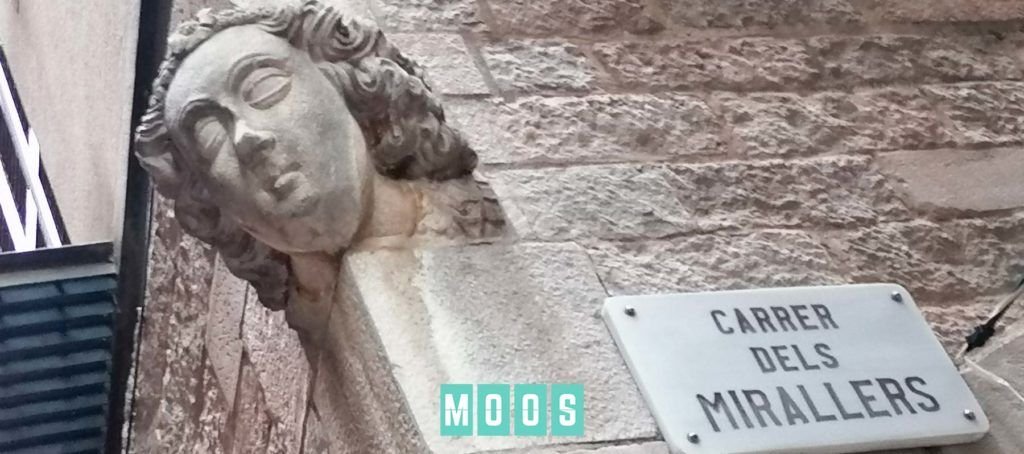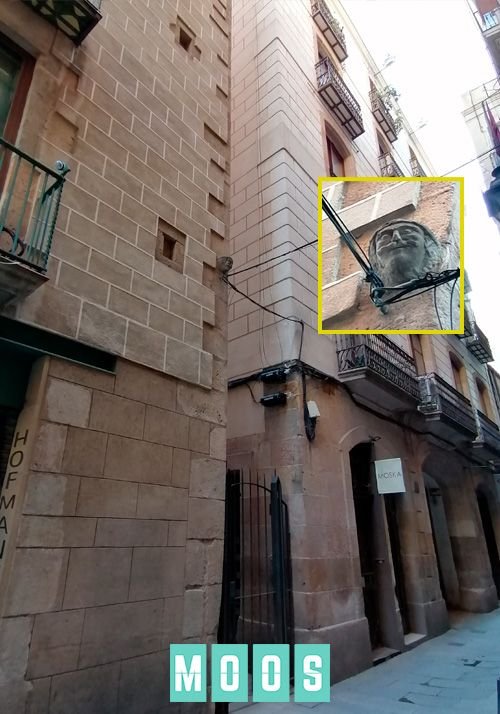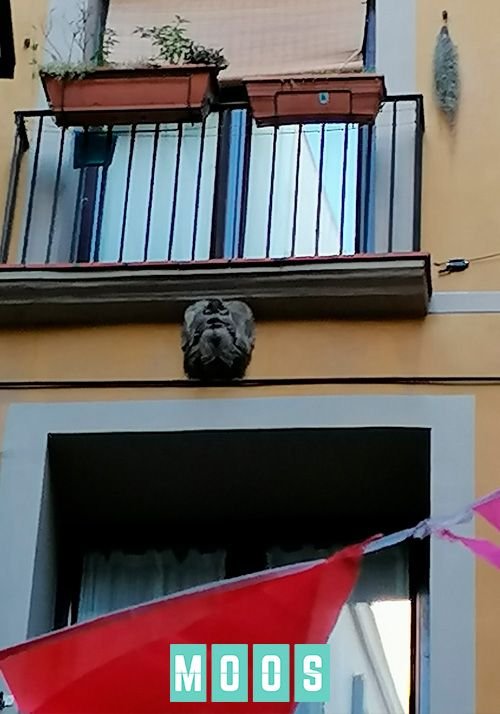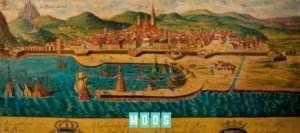Walking around Barcelona is, many times, a travel through time. Specially, when visiting neighborhoods such as Raval, Gothic and Born: the walled Barcelona that grew to exceed its limits until well into the 19th century. Through the small streets of the old town one can find, if you look closely, traces of the life of a city that was, in the Middle Ages, an important commercial center throughout the Mediterranean.
And of all the aspects that make urban life, today we are going to focus on one that seems to remain through the history of humanity, no matter what time we talk about: prostitution.
There are many stories around this matter, which is known as “the oldest profession in the world”. And we will be telling you more stories and details in other articles. Because, as you can imagine, there is no lack of curiosities throughout so many centuries.
IN MEDIEVAL BARCELONA
Today, we will start in the Middle Ages: a time when Barcelona and its port were part of great trade routes; a time when many sailors and merchants arrived by sea. And when there are many men who come to a new port, after spending enough time on the high seas, we all know what they are looking for as soon as they set foot on land, right?
During those years, brothels will be tolerated. It is clear that prostitution was not socially accepted, but it was tolerated (it was considered a necessary minor evil) and even regulated to ensure coexistence with the rest of the social group (the first ordinances appeared in the fourteenth century).
It is known that the allowed age to exercise it ranged from 12 to 20 years old. And that the Barcelona consellers (councilors) imposed a dress code on prostituted women. Basically, they had to dress differently than the rest of the women who considered themselves “honest”. For example, wearing white with a blue belt, to be easily recognized; or not being able to wear a cape or cloak, even if it was winter and it was cold. Furthermore, they were not authorized to eat or drink in public.
When Easter came, there was a forced interruption of paid sexual services. On holy days, prostitutes had to seclude themselves in a convent, and thus avoid “tempting” any man who might wish to seek an encounter with them.
Las Ramblas and the Raval neighborhood, which was born as the periphery of Barcelona, were the places in the city where prostitution developed in all its variety of colors, without having disappeared to this day.
HOW DID THEY FIND THE BROTHELS?
But today we will tell you about the footprints that the brothels have left in the old town, and not exactly in the Raval.
Earlier we mentioned that many men who arrived at the port sought the services of a young lady. Now, we have to stop at one important detail: these men, for the most part, could not read or write. To identify, therefore, a brothel had to resort to resources that did not include the written word.
In Barcelona, to mark the place of a brothel there was a developed signal system. An example was to paint the lower part of the facade bright red, a clear sign of lust. Another detail was to write the street number in a clearly larger size than the rest of the numbers of other houses or premises.
But the element that has survived the passing of time and that we can still see in some hidden corners of the city were the “carasses”: some masks made of stone that represented the heads of demons, satyrs or medusa.
This signaling was an evolution that came after the Middle Ages, in the 17th century, more exactly after the War of the Segadors, in 1640. It was decided to place these heads in the corners to help the Castilian soldiers, who had acquired the city domain, to easily find a brothel.
FINDING THE «CARASSES»
Today, through the streets of El Born we can see some faces that have survived time and demolitions. And since we are very good, so that you do not have to go looking for them without any clues, we will tell you where they are.

The most famous and which is very easy to see is on the corner of Carrer dels Mirallers and Carrer dels Vigatans.
She was at risk of being lost forever in 1983, when the building she was in was demolished, when a Ciutat Vella rehabilitation plan was being carried out.
Luckily, the neighbors interceded and saved her: once restored it was placed again, and now we see it in the building that was built on the site where it had been all that time.
The second one is very close and has a name: Flycatcher (Papamoscas).
Right at the corner of Carrer dels Flassaders and Carrer de les Mosques, there is this “carassa” which, it is believe, indicated the location of a brothel.
It seems that this street was a dead end in those times and the brothel, it is said, was one of category.
What’s more, there is a version that tells that some of the women who work there left the profession thanks to the help of a sailor.
How is that?
Well, at that time when a ship was having a very bad time on the high seas, sailors used to ask the Virgin for protection and to save their lives.
What they promised in return was to make some woman happy. So, fulfilling his promise, it seems that this sailor “rescued” one of the young ladies who worked there.
The last of the “carasses” you can find in Born is at the Carrer de les Panses.


Walking down the Carrer de les Trompetes you have to pass an arch, and when you turn on your heels you’ll appreciate the building in front of you. On the third floor there is a half face, with a beard.
In that case, the mask would be marking the exact floor where the brothel worked, to avoid conflicts with the neighbors.
It is clear that there is no fully reliable confirmation that all these faces have belonged to a brothel.
They could also have been part of the ornamentation of the construction they were in.
But, be that as it may, they are the testimony of a past, which is always attractive to discover.
Now all you have to do is grab your map, lift your head and go on your search.
Sources:
“Historias de la historia de Barcelona” – Dani Cortijo
“Els secrets de la Rambla de Barcelona” – Ángel Ferris y Núria Fontanet







0 Comments